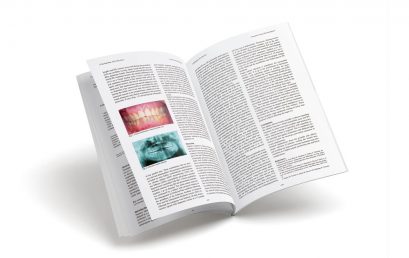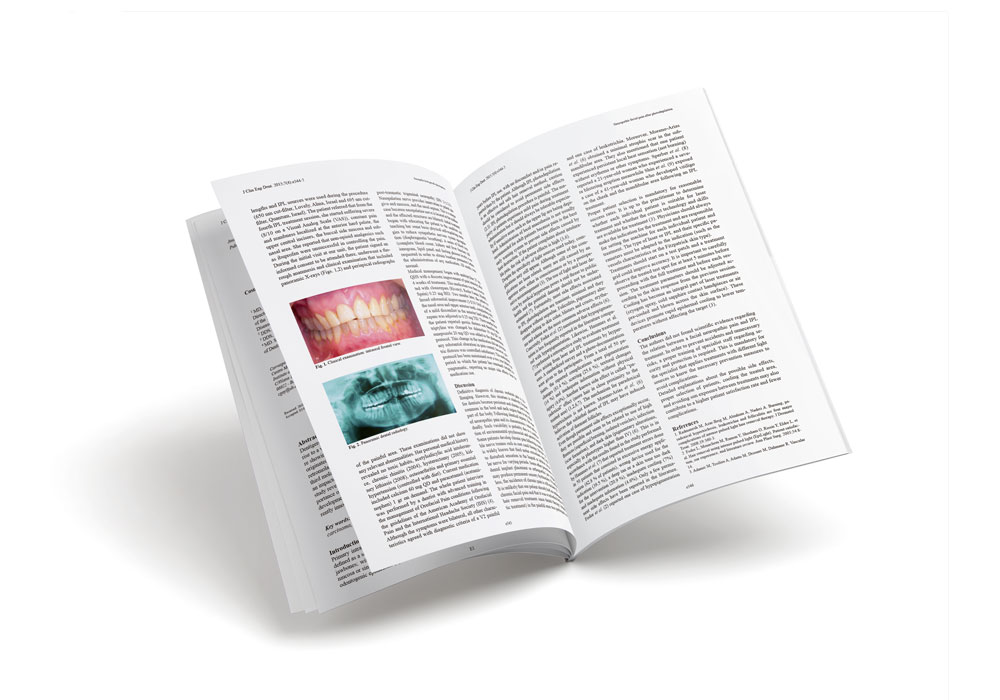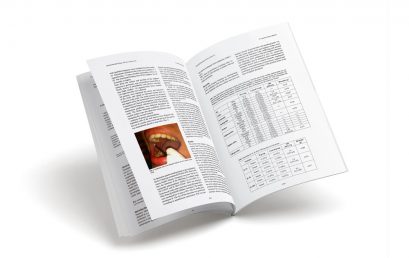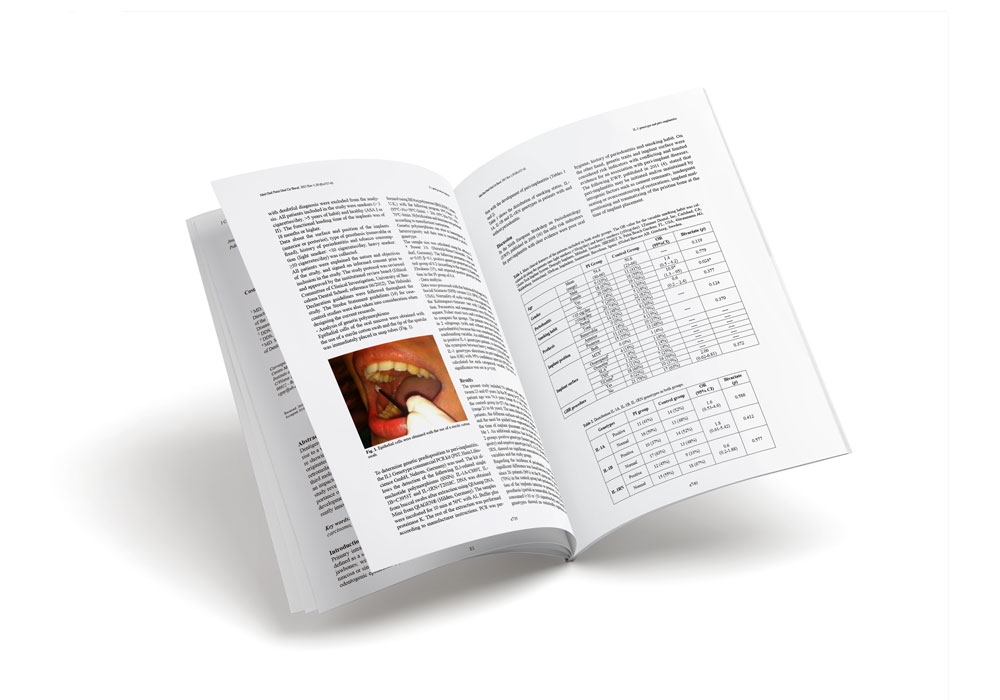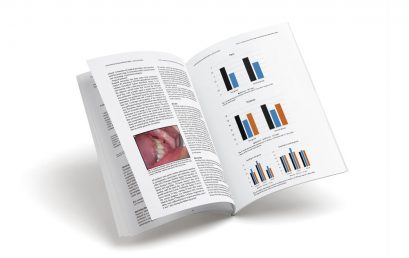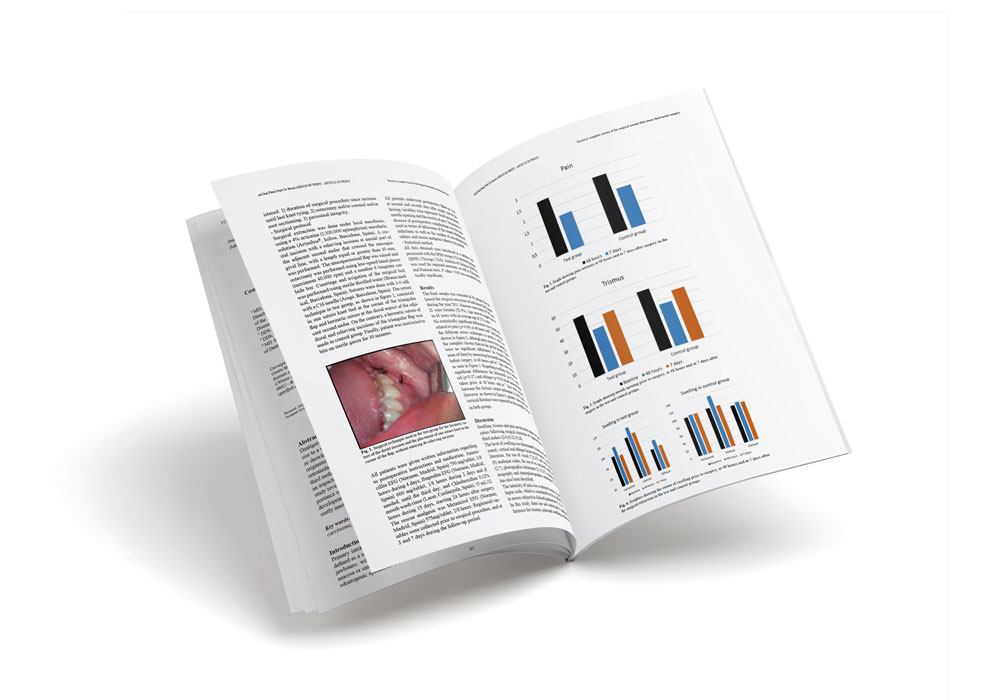

Salivary gland chroristoma in the buccinator muscle: A case report and literature review.
Salivary gland choristoma (SGCh) is defined as the presence of normal salivary tissue in an abnormal location. It is a rare entity in oral and maxillofacial region and its ethiology is unknown. The typical presentation of salivary gland heterotopia is an asymptomatic mass that may or may not produce saliva. Some examples of ectopic salivary tissue in the pituitary gland, in the lymph nodes, in the middle ear, in the neck, in the jaw, in the thyroid gland, in the mediastinum and in the rectum have been documented in literature. We report the case of a 61-year-old male presented with a bilateral tumorlike mass in the cheek. The mass was painless, of fibrous consistency and had size change with time. The histological diagnosis was salivary gland choristoma in the buccinator muscle. In this article, we will revise the characteristic of salivary gland heterotopias and
we present a report case that has not been described in literature: a bilateral choristoma of salivary gland in the buccinator muscle, which should be included in the differential diagnosis of head and neck masses.


Salivary gland chroristoma in the buccinator muscle: A case report and literature review.
Salivary gland choristoma (SGCh) is defined as the presence of normal salivary tissue in an abnormal location. It is a rare entity in oral and maxillofacial region and its ethiology is unknown. The typical presentation of salivary gland heterotopia is an asymptomatic mass that may or may not produce saliva. Some examples of ectopic salivary tissue in the pituitary gland, in the lymph nodes, in the middle ear, in the neck, in the jaw, in the thyroid gland, in the mediastinum and in the rectum have been documented in literature. We report the case of a 61-year-old male presented with a bilateral tumorlike mass in the cheek. The mass was painless, of fibrous consistency and had size change with time. The histological diagnosis was salivary gland choristoma in the buccinator muscle. In this article, we will revise the characteristic of salivary gland heterotopias and
we present a report case that has not been described in literature: a bilateral choristoma of salivary gland in the buccinator muscle, which should be included in the differential diagnosis of head and neck masses.
Salivary gland chroristoma in the buccinator muscle: A case report and literature review.
